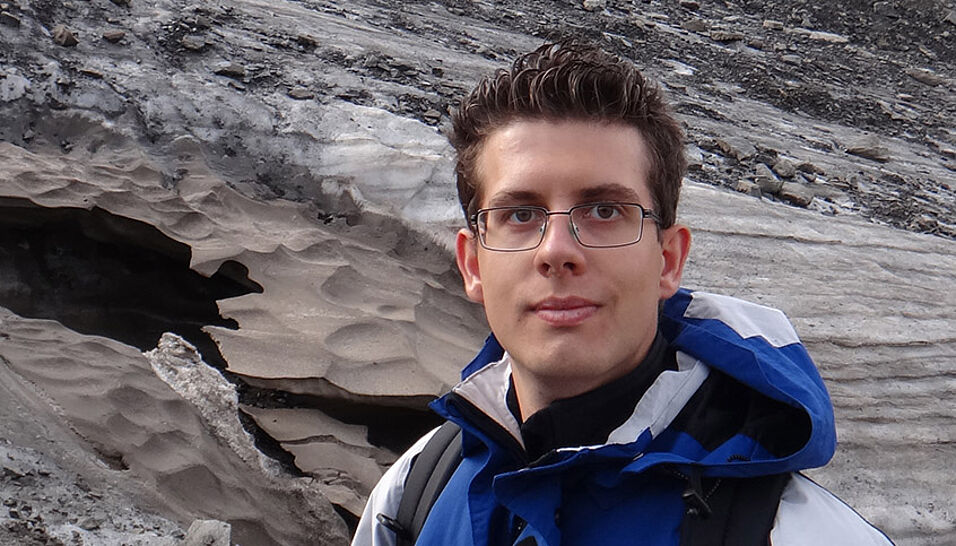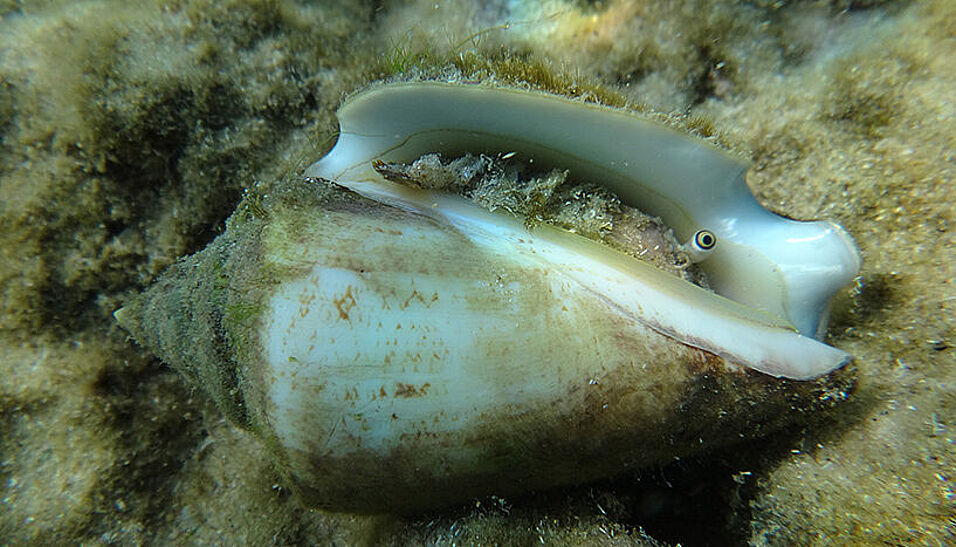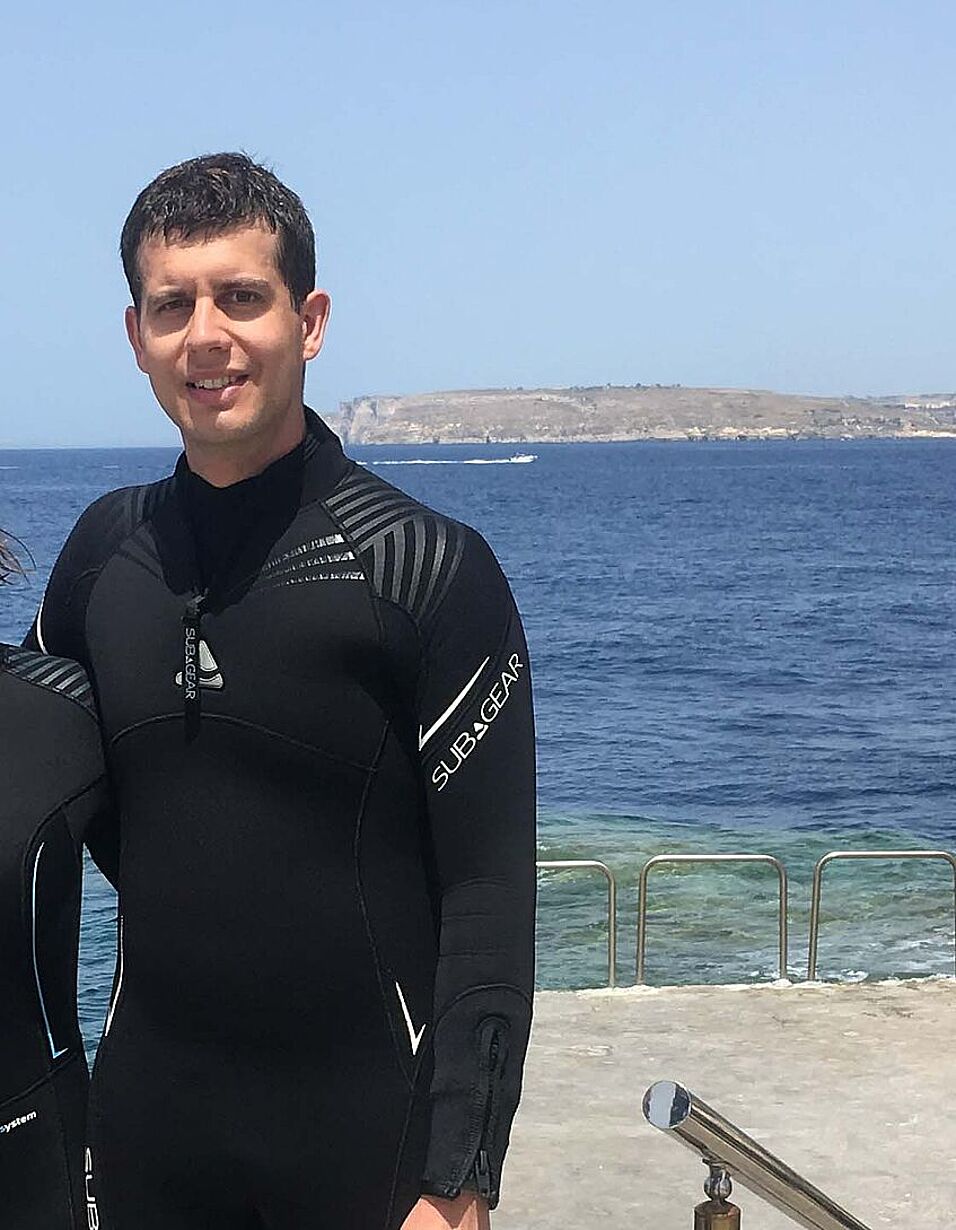The palaeontologist and marine biologist Jan Steger receives the first FGGA Dissertation Award for his thesis „Patterns and ecological impacts of the Lessepsian invasion – novel insights from molluscan living and death assemblages“.
“Biological invasions and climate warming seriously threaten ecosystems around the globe, increasingly affecting their ability to provide the vital goods and services we all depend on. A clear warning sign of this development are the unprecedented losses of native biodiversity that scientists observe on a worldwide scale”, Jan Steger explains. Unfortunately, many ecosystems have been significantly altered already prior to the era of scientific observations, he says. “Biological invasions, for example, have occurred for centuries or even millennia, whereas scientific records are usually limited to the past few decades at most, particularly in the marine realm. As a result, we lack crucial information on pre-invasion conditions that is urgently needed to fully understand the impacts of non-indigenous species on the native biota and the functioning of ecosystems.”
Combining methods from ecology and palaeontology
In his doctoral thesis, the palaeontologist tackled this problem using an interdisciplinary approach: “In our research, we combined methods from ecology and palaeontology to look further back in time than previously possible, closing the gap of missing historical data.” Steger concentrated on molluscan assemblages from the Eastern Mediterranean Sea, a region simultaneously affected by rapid warming, massive losses of native species and the world’s largest marine biological invasion – the so-called “Lessepsian invasion” – which followed the opening of the Suez Canal in 1869. Since then, hundreds of tropical Indo-Pacific species have established in the Eastern Mediterranean Sea, where they often constitute the dominant component of present-day shallow-water assemblages.
During his PhD studies, the palaeontologist published different papers on his research as well as dissemination material (e.g., a press release “Profound ecological change in the Eastern Mediterranean Sea”), showing that the niches of Lessepsian and native species – that is, their roles in the ecosystem – are, and have always been, distinct from each other. While this suggests that direct competition has unlikely been a major driver of native biodiversity decline, it implies that the invasion has massively changed the functioning of ecosystems in the region, with as yet little understood consequences.
The thesis, which was finished in 2022, was nominated for both the Award of Excellence and the FGGA:Dissertation Award, and finally selected for the latter: “The Dean’s team extends their warmest congratulations on the award, on both nominations and - last but not least - on this outstanding dissertation focusing on the important topic of biological invasions in marine environments”, emphasizes Dean Rainer Abart.
Drivers of biodiversity loss in the Eastern Mediterranean
In the meantime, Steger has already continued his work on the topic: After finishing his PhD, he started a Postdoc position in the Austrian Science Fund (FWF) funded project “Drivers of biodiversity loss in the Eastern Mediterranean”. “In this project, our team looks at both molluscs and fish communities to find out more about when, how, and why native species in the Eastern Mediterranean Sea collapsed so massively”, explains Steger. To answer these complex questions, the research team comprised of Martin Zuschin, Paolo Albano (Stazione Zoologica Anton Dohrn, Italy), Konstantina Agiadi and Jan Steger, together with international colleagues, is again bridging the fields of modern ecology and paleontology to extend research on ecosystem changes beyond the era of direct observations.



